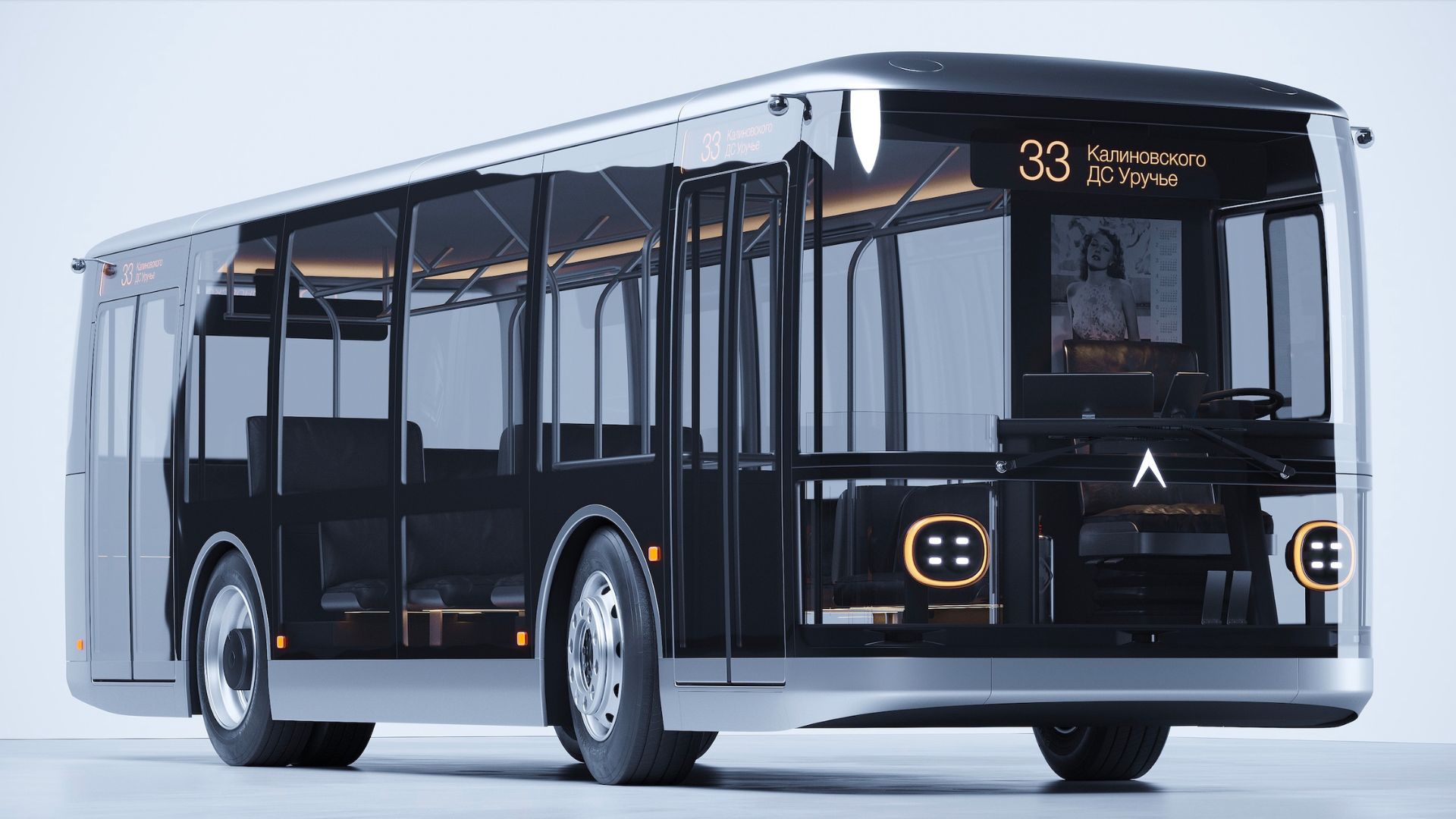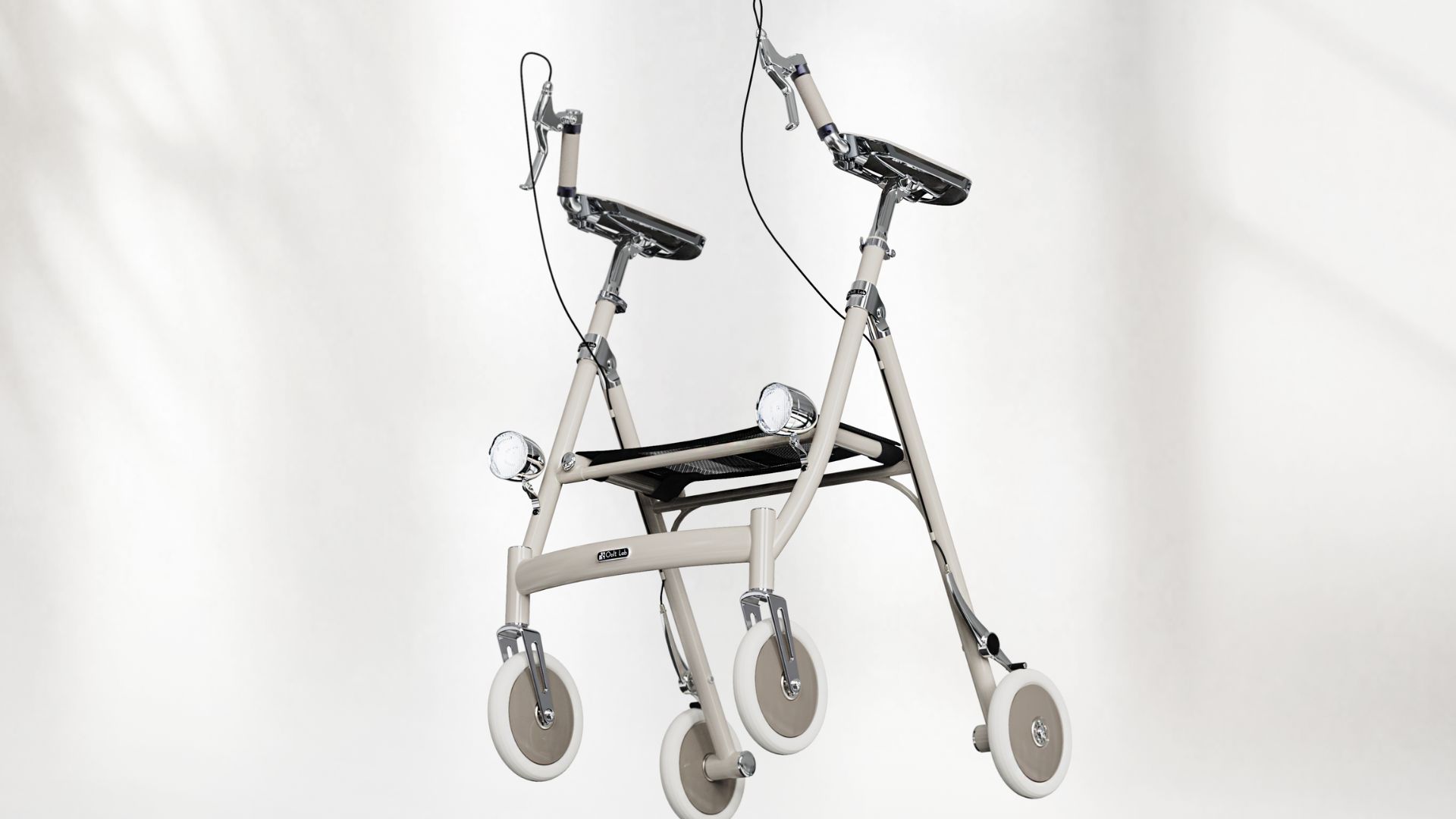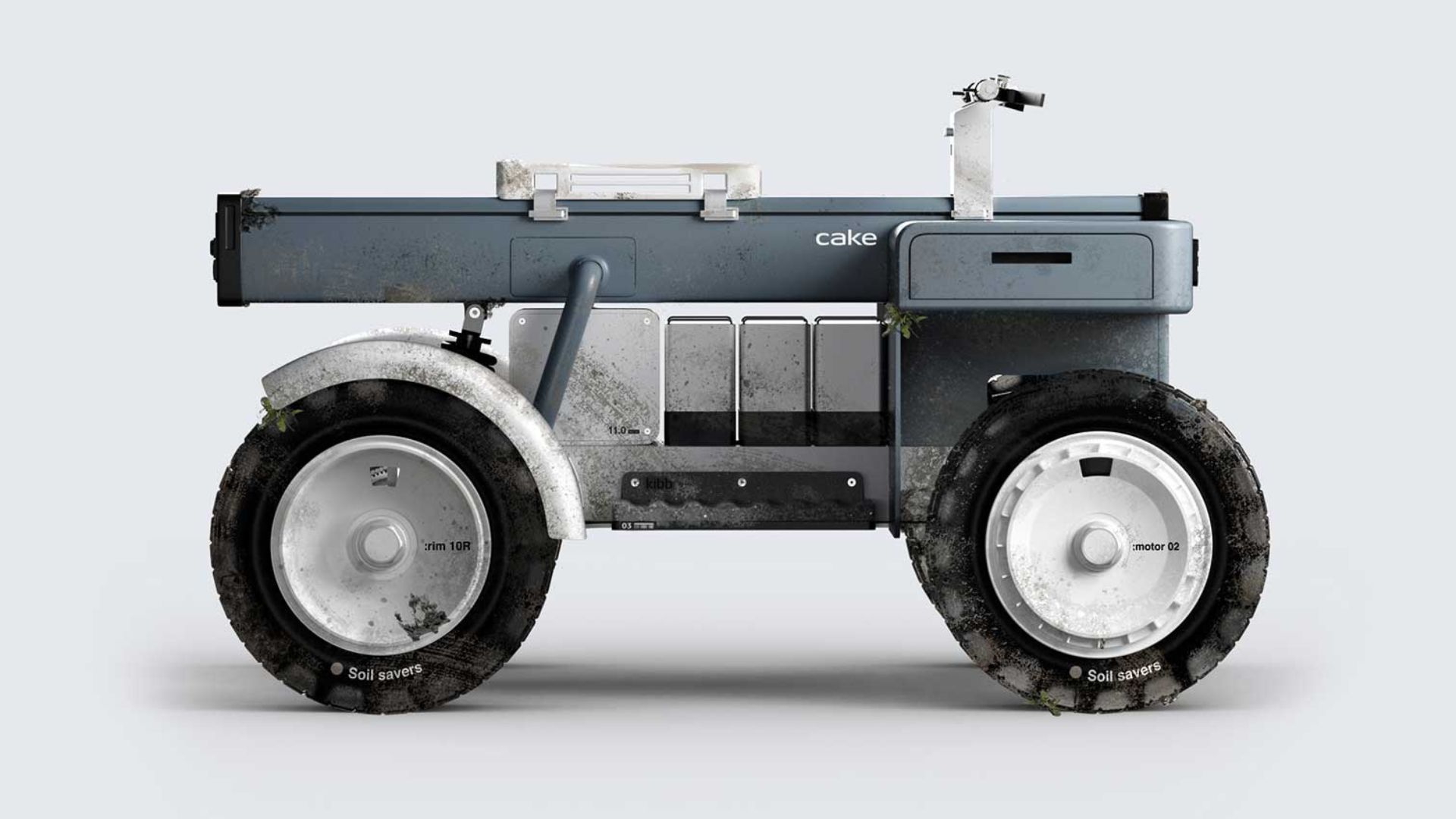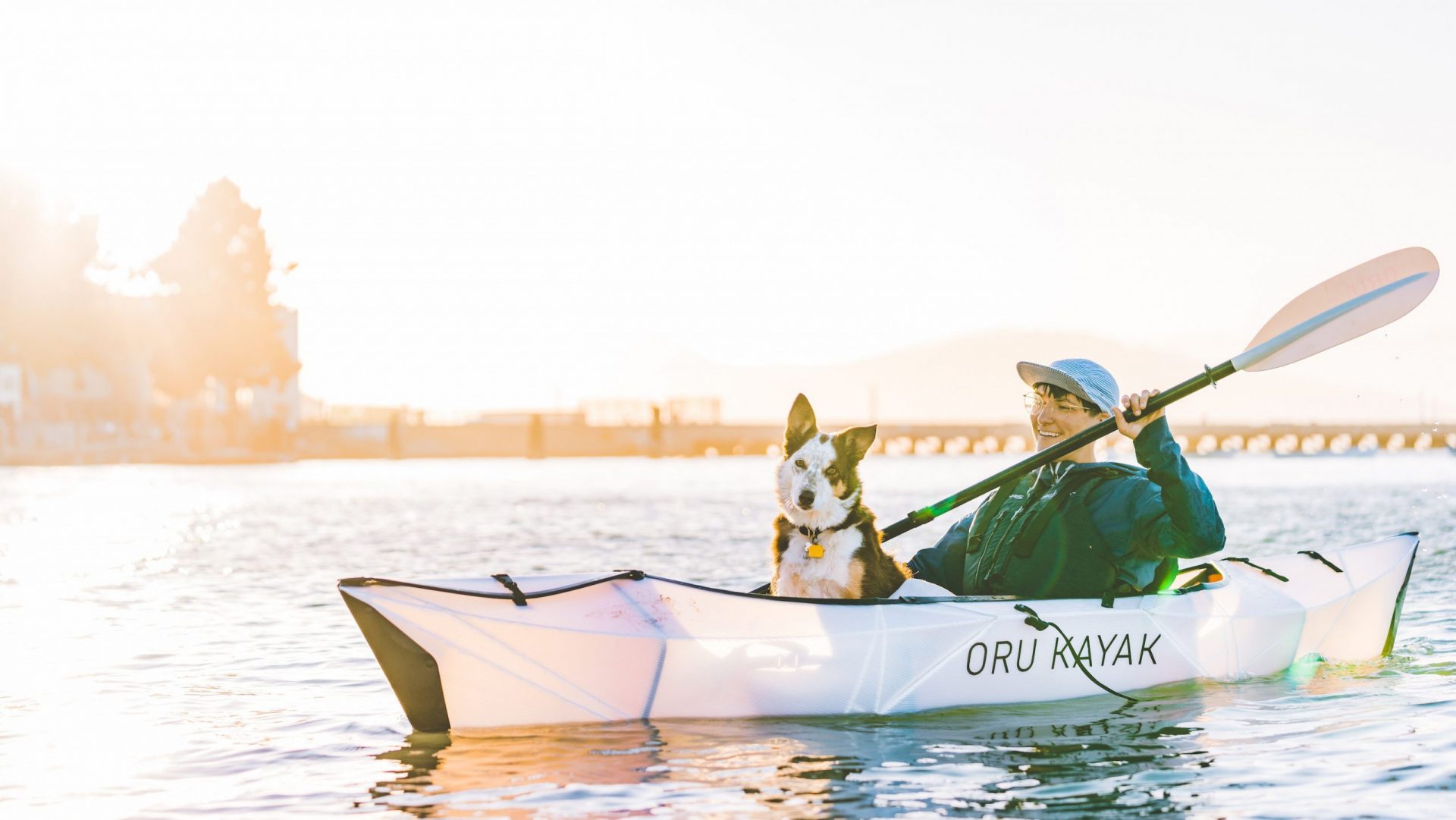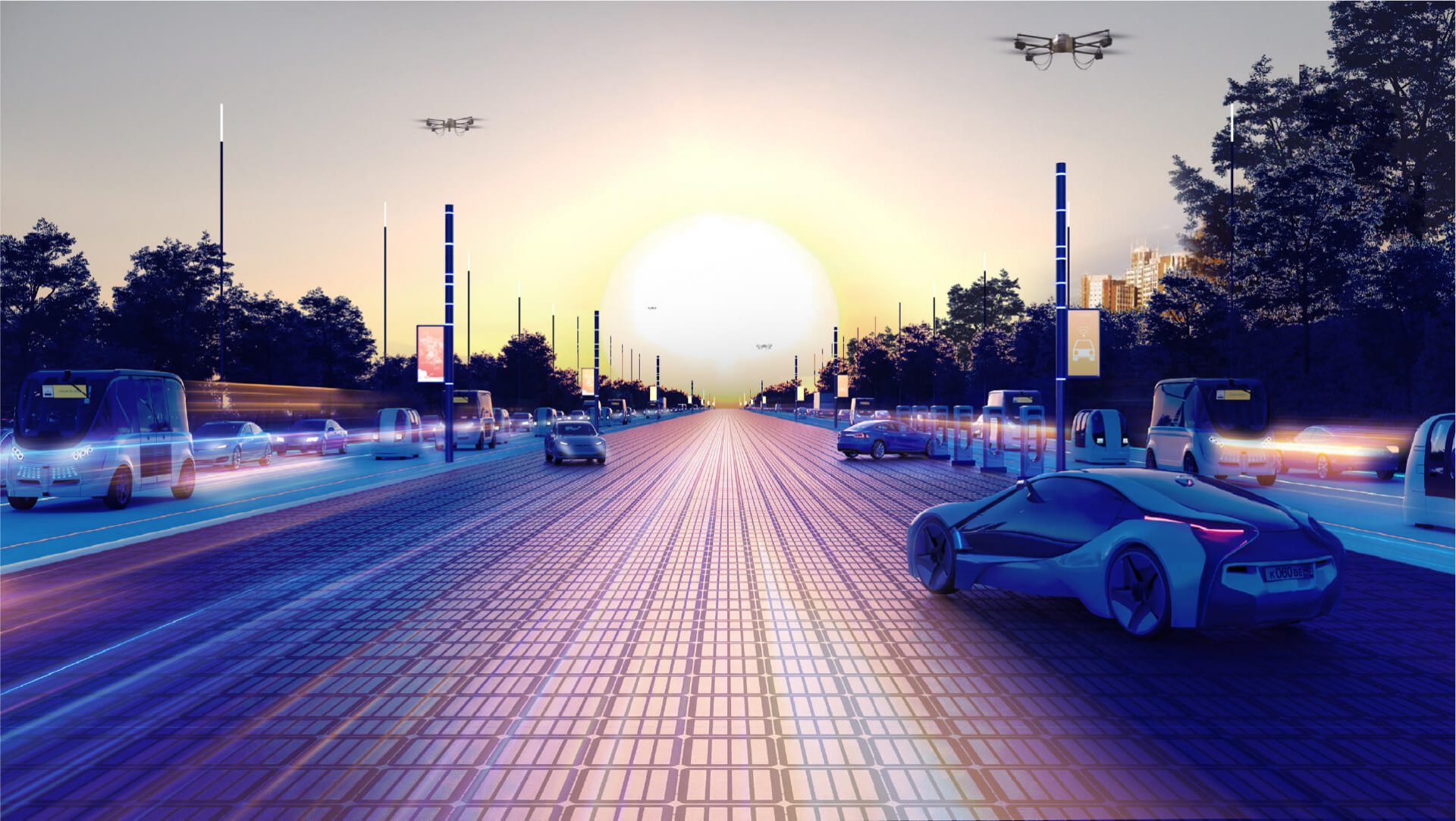TUC technology is driving change in the automotive industry
Italian startup TUC is on a mission to revolutionize the mobility sector with its patented plug & play system which cuts vehicle production costs and offers virtually unlimited potential for customization
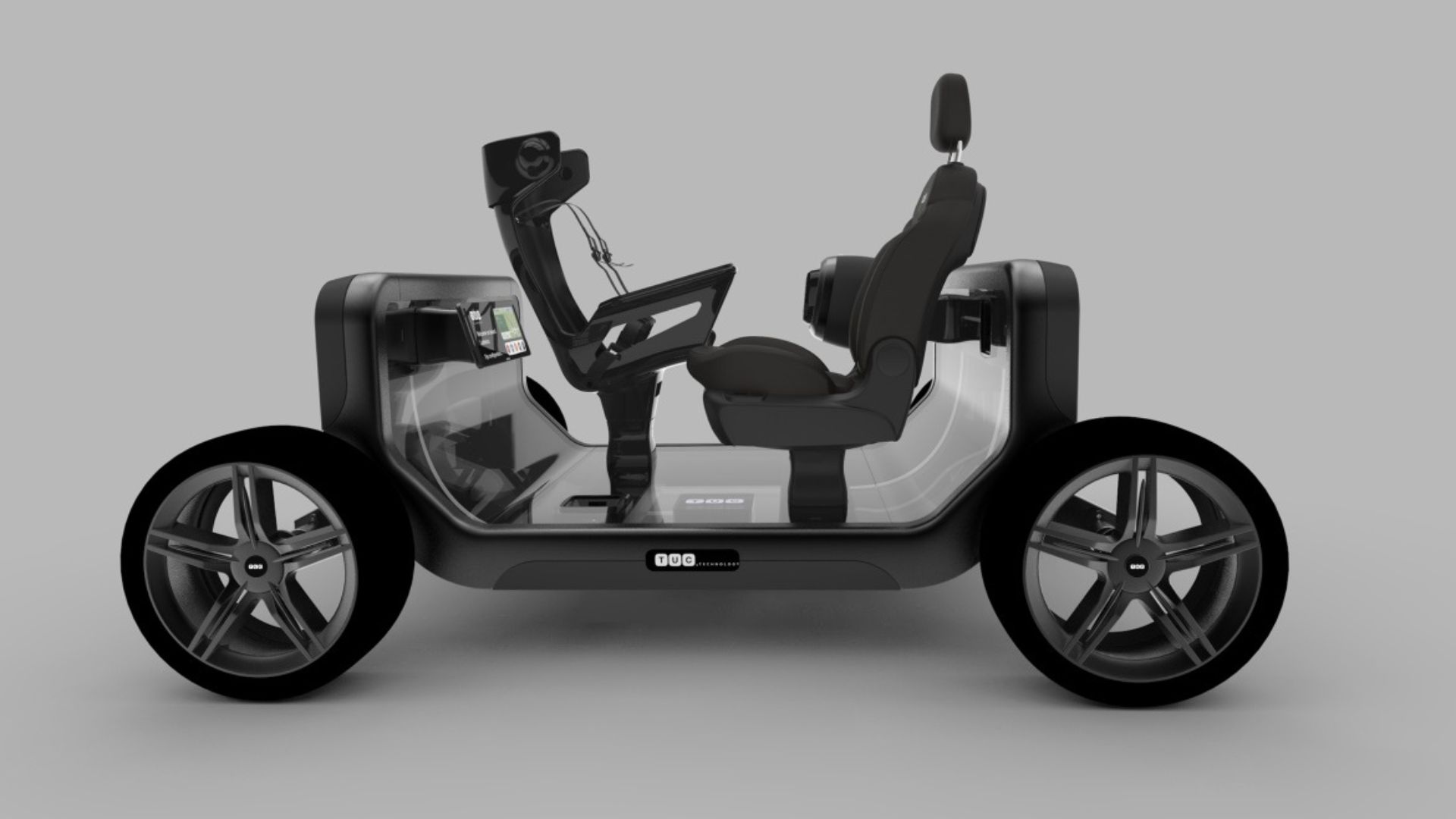
As new technologies and gadgets pop up all around us at a breakneck pace, the transportation sector and how humans travel is also changing, but far less rapidly. Yet this is bound to change due to climate concerns, as new generations crave connectivity and convenience, and with the rise of micromobility and shared mobility.
One company that’s betting on advances in the sector is TUC.technology, a deep tech Italian startup company that was founded in 2018 in Turin by Ludovico Campana – who was included by Forbes in its Under 30 list in 2020 – and Sergio Pininfarina – the grandson of Italian automobile designer Sergio Pininfarina.

With Ludovico’s background in design and architecture and Sergio’s family tradition of automotive design, it’s no wonder that the two are poised to change transportation with their “disruptive mobility” patented hardware and software proprietary systems.
In a nutshell, TUC technology – which its two founders designed to be “the mobility USB” – is a plug & play structural digital interface designed to be implemented in a vehicle’s chassis. The system acts both as a structural feature of the vehicle, for example to set seats in position, but also transmits data and includes TUC.plug, TUC.brain & OS, TUC.cloud, and the TUC.app.
What TUC promises – with a target audience of vehicle makers, new mobility players and makers of vehicle interiors components – is the creation of modular vehicles that allow for virtually unlimited uses and customizations in all types of transportation, from motor vehicles and yachts to trains and private jets.
We wanted to hear more about TUC.technology from CEO and inventor Ludovico and how he and his team have set out to change the face of the mobility design.
What was the underlying idea that inspired you to launch TUC?
Ludovico Campana:
“The idea behind the creation of TUC stems from the fact of seeking truth in the product, and by truth I mean designing by respecting the meaning of the product and its user. Unfortunately in automotive design, much of the meaning over the years and with the evolution of society has been lost. I started by asking, for example, why the seating arrangement is always the same in all cars, why all cars have five basic seats, and why a command must stay in a specific position.
I started asking these things of all directors from engineering to design. And the thing that you discover in the end is the answer that it “has always been done this way”. Not accepting this as a designer – and therefore as a translator of needs into a product – I decided to drop everything and I founded TUC.

As a designer I should have built a better vehicle but the secret was not in the form but in the content. The problem was related to the action, because the world is full of beautiful ideas, but if you don’t deal with the processes with the aim of really making it happen in the real world, you will never be able to do anything. My vision has always been centered on the conception of the vehicle as a personal human-centered bubble and capable of adapting to the user’s life cycle and not vice versa.
Therefore, deepening the complexity of vehicle architecture, I noticed that the problem was related to technology and not to its forms. In order to realize my idea of a modular vehicle, it was necessary to bring order to disorder, between the components and the chassis and the car body.
My intuition was to synthesize the various systems in a single connector that was also able to structurally fix a component and deal with the management of these electronic and software signals in order to have a universal language in which to delegate vehicle management.
So as not to get too technical, what is missing today to innovate the concept of a vehicle is a sort of home automation system for vehicles, where the standardized system is ready to manage the variables. This is how the idea of TUC was born, which today is an industrial worldwide patent invention.”
What are the most critical issues facing the mobility industry, and how does TUC aim to resolve them?
Ludovico Campana:
“Today, we need to understand that the mobility industry is facing multiple revolutions at the same time and they are related to social and technological changes. Electrification, autonomous driving, eco-sustainability are epochal changes that in the past took place over a period of 200 years, now they are happening simultaneously. All this makes it necessary to create a moment in which we stop in order to restart with an idea of a global future vision.
TUC technology, which fits into this context, proposes an architecture that can become the basis for building a standardized vehicle by reducing costs, integrating all the fragmented systems in a single solution. It is applicable to any type of vehicle and capable of enabling new business models, allowing infinite customization possibilities and creating products that adapt to the user’s life cycle according to the most specific needs.
The TUC revolution is to move the concept of vehicle from defined in the factory to definable even after its production. The benefit of TUC will finally allow vehicle manufacturers to create a product that is consistent with new social needs. Simplification is a key element for manufacturers to build the new generations of vehicles linked to the circular economy, opening the door to a universal product.”

Can you go into the design process that has guided the creation of TUC technology?
Ludovico Campana:
“I have always known from the beginning that it would be a huge challenge to create a standard technology for all vehicles to be sold to vehicle manufacturers. For this reason I really like to define TUC as a design project in the true sense of the word, not like today which unfortunately is often used to define mere stylistic form.
The process of creating TUC required challenge, expertise, sophistication in thinking and a true belief in a paradigm shift. The hardest moment was obviously putting the idea into a clear project objective with the technical requirements to be achieved in order to make possible a solution that had no precedents and therefore no instruction booklet.
My vision was to try to integrate design and technology without forgetting the process to create a real product. For this reason, my decision was to create a team aligned with ideas that were highly competent in different areas that TUC technology brings together, such as electronics, software, mechanics and connectivity that currently each of these words represents a stand alone company, while TUC puts all together had to address them simultaneously.
And this is where we enter the second difficult part of the project development, translating the idea into a technical requirement to be given to the team to enable the engineers to develop exactly the TUC concept. Once the main aspects had been defined, it was time for the team to look for the best people to start the research and development journey with. It was an exciting but at the same time depressing moment, dealing with the interviews to create a team up to the challenge.

Fortunately the idea attracted many applications even from top-level companies in the industry and therefore the scouting of the best people began. But in the end the final step was a face-to-face interview trying to understand the emotions and eyes of these professionals.
If I’m here today telling you about the project, it is precisely thanks to this talented team of designers, engineers and thinkers that we have managed to achieve the challenge of creating a TUC, a technology validated according to approvals and a game changer for the industry.”
What are some of the challenges from a design perspective that you’ve faced in developing TUC?
Ludovico Campana:
“In research and development, the most challenging moment was choosing the best connector capable of integrating all the solutions in a standardized model. We had developed 20 different projects that exploded into 91 concepts, and I still remember the days of technology validation tests. We went from virtual to real, simulating a real crash test, it was the day of truth.
Only two scenarios were possible: being able to validate the solution resulting from investment of money and the last six years of hard work, or a day of total defeat. And thanks to the calculations and the profound engineering process, the first scenario triumphed. TUC, the USB of mobility is a reality. A real roller coaster, but an amazing feeling.”

What are the future mobility trends and issues that designers will have to address?
Ludovico Campana:
“The new trends highlighting needs in the mobility scenario are in all areas, especially related to vehicle meaning. The major trends that are driving the evolution of mobility are: sustainability, connectivity and sharing in a modern society. Electrification, autonomous driving and new technologies can open the doors to new vehicle creation scenarios.
There are trends linked to making the research and development process as simple and standardized as possible by sharing solutions between the various brands and groups. Trends of streamlining the supply chain as much as possible to optimize costs and lead times has defined the new disruptive phenomenon happening in business, and which is linked to making infinite product individualization possible. These are at the basis of the research we have contextualized TUC.technology in to respond perfectly to all the trends mentioned above.”
How does TUC improve safety for passengers it’s used in?
Ludovico Campana:
“Today we can say that TUC is a solution that is capable of complying with all vehicle safety regulations. And this makes us proud because, in addition to guaranteeing safety in a traditional passenger compartment assembly, it manages to extend and improve safety in all cases of customization, which today is impossible to do with existing vehicles, as the manufacturer would have to create a specific project for each configuration.”
What are the sustainability and ecological implications and benefits of TUC technology?
Ludovico Campana:
“If you think about the creation of a vehicle, you cannot help but think of how obviously the process can be polluting. That’s why we are proud to confirm that TUC.technology, aggregating three systems in a single solution, manages to cut processes, components and anything else necessary for the assembly of a vehicle. If you consider the reduction of time and components in each vehicle produced generally in millions of units and continuously, there could be an enormous environmental benefit in the production.

The second important aspect is linked to the life cycle of the vehicle, another very polluting aspect. It will be possible to apply strategies to recondition components and vehicles avoiding the production of new ones but at the same time continuing to generate business. Imagine a circular economy scenario where products and results are shared without asking the plant for resources again.
I strongly believe that the products which will be created over the next 10 years will be used, thanks to modularity and simplification, for the following years simply by managing the life cycle. This would make me very proud because it means that humans will live in respect of the planet.”
What are the next steps and upcoming projects for TUC?
Ludovico Campana:
“To date we can boast having this fantastic technology industrialized and therefore already applicable in any vehicle development. The next steps for our company are linked to the spreading of the technology by providing IP licenses to vehicle manufacturers to be able to implement the TUC.system in their contexts.
We have created a business model that is simple and compatible with manufacturers’ logic by supplying the full technology and license with a very agile approach. And to further facilitate understanding, we have invented the Touch&Feel program and therefore a sort of Try&Buy thanks to the TUC.nest, a prototype that represents a developer kit through a sculpture of a mobility space in which to test the whole technology based on all the possible proportions of a specific vehicle, fully clarifying the benefits and visualizing the potential of TUC in the real world.”









